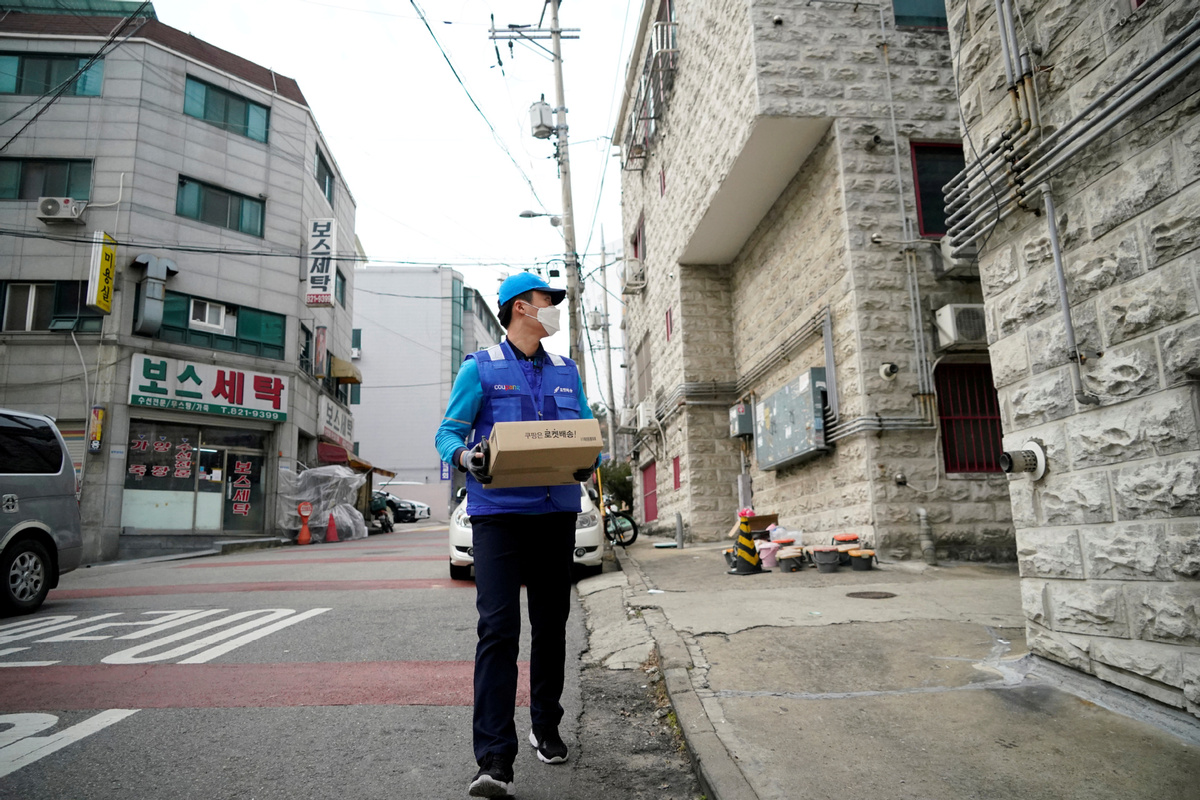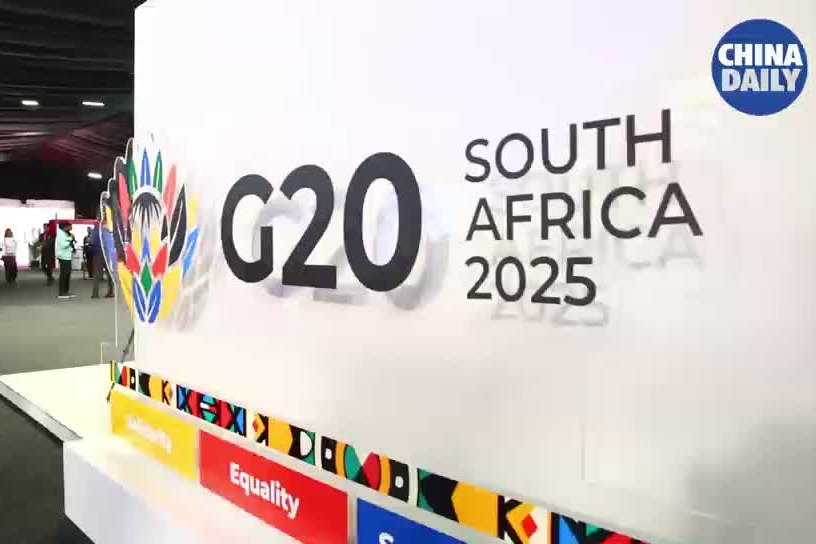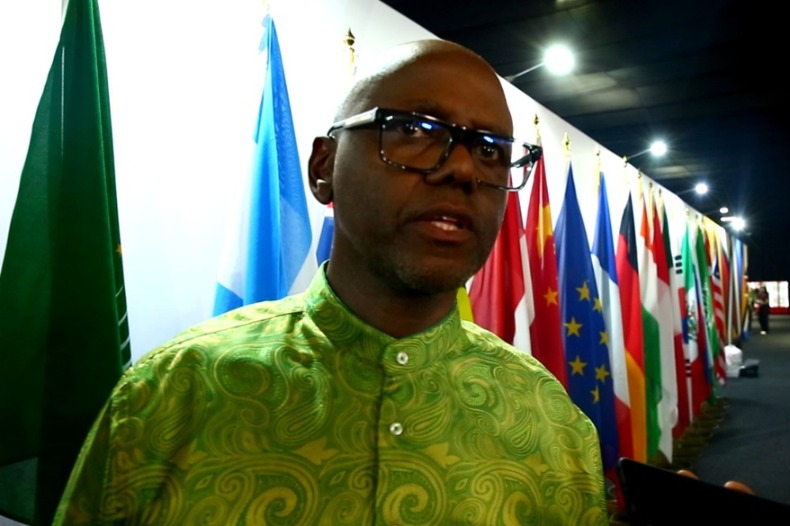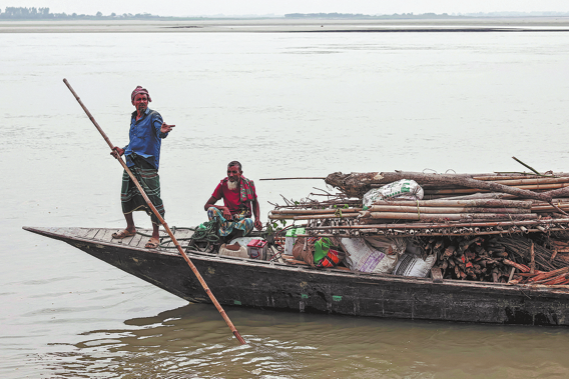S. Korea unveils biggest extra budget plan to tackle COVID-19 outbreak


SEOUL - South Korea unveiled the country's biggest-ever supplementary budget plan Wednesday to tackle an economic fallout from the COVID-19 outbreak across the world.
The extra budget plan worth 35.3 trillion won ($28.5 billion) will be submitted to the National Assembly for approval, according to the Ministry of Economy and Finance.
If approved, it would be the country's largest-ever supplementary budget. The previous high was 28.4 trillion won ($23 billion) earmarked in 2009 to deal with the global financial crisis.
Of the total, 23.8 trillion won ($19.2 billion) will be financed through the issuance of government bonds, while the remaining 11.5 trillion won ($9.3 billion) will be funded through an adjusted fiscal expenditure.
Minister of Economy and Finance Hong Nam-ki, who doubles as deputy prime minister for economic affairs, told a press briefing that the COVID-19 outbreak roiled domestic demand, such as consumption and investment, as well as export and tourism coming from the global economic downturn.
Hong noted that the worsening of economic situations and the employment shock was coming into a clearer sight, explaining why the government drew up the third extra budget plan in 2020 alone.
Real gross domestic product (GDP), adjusted for inflation, dived 1.4 percent in the January-March quarter from the previous quarter, marking the biggest quarterly fall in over 11 years since the fourth quarter of 2008.
The number of jobs tumbled 476,000 in April from a year earlier, logging the biggest decline in over 21 years since February 1999.
The government has announced a total of 250 trillion won ($200 billion) worth of measures to financially support microbusiness owners, small and big companies that were hit hard by the coronavirus pandemic.
It spent fiscal money to encourage companies to maintain workforce, while providing relief grants for all households to bolster consumer spending.
To finance the expansionary fiscal policy, two extra budget plans worth 11.7 trillion won ($9.5 billion) and 12.2 trillion won ($10 billion) each were passed through the parliament earlier this year.
The third supplementary budget plan came amid the gloomier outlook for the South Korean economy.
Earlier this week, the finance ministry revised down its 2020 growth outlook for the economy to 0.1 percent from its previous forecast of 2.4 percent unveiled six months earlier.
The Bank of Korea (BOK) announced a grimmer outlook, expecting the economy to contract 0.2 percent this year. It was sharply down from the BOK's previous expectation of 2.1 percent growth.
The BOK slashed its target rate by 25 basis points to a new all-time low of 0.50 percent last week, after cutting the rate by 50 basis points in March.
To prepare for a post-COVID-19 era in the medium term and tackle an economic crisis and create jobs in the short term, the government will push for a so-called South Korean version of the "New Deal" consisting of 25 government projects that include 12 for digital New Deal, eight for green New Deal, and five for employment safety net.
A combined government fund worth 76 trillion won ($61 billion) will be spent on the New Deal projects by the end of 2025.
During the first phase that will ran through 2022, 13.4 trillion won ($10.8 billion) will be spent on digital New Deal to solidify a digital ecosystem using 5G networks, artificial intelligence (AI) and big data, expand a digital infrastructure especially in rural areas, and foster non-face-to-face digital industries.
For green New Deal, 12.9 trillion won ($10.4 billion) will be allotted by 2022 to build an environmentally-friendly infrastructure, create a green ecosystem for green industries, and boost a fuel efficiency in houses and cars.
By 2022, 5 trillion won ($4 billion) will be allocated for the employment safety net that aims to financially support jobless people for a sustainable growth.
































